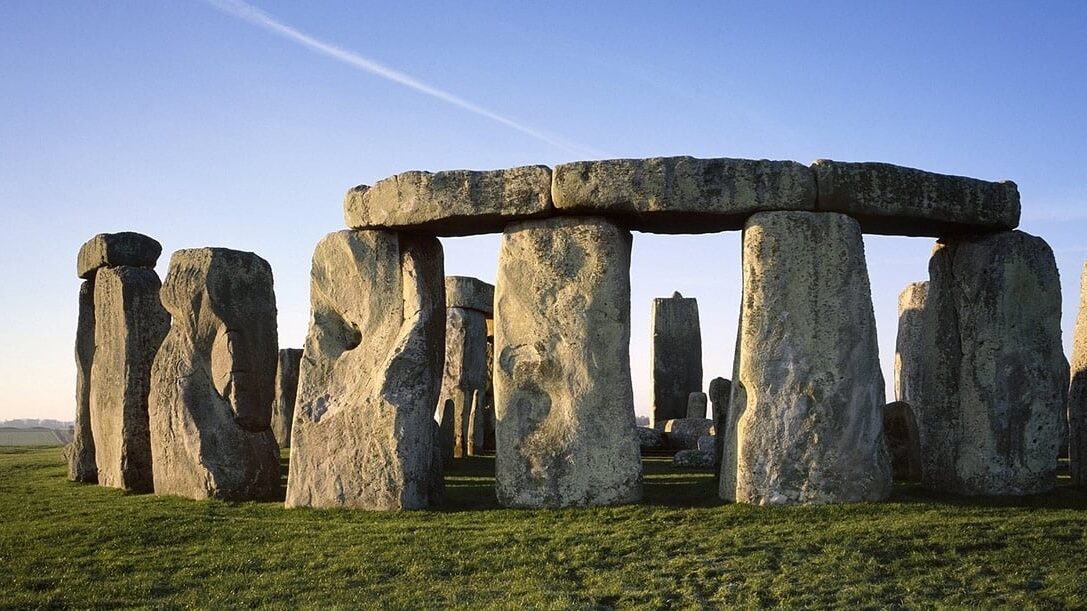Enjoy this article?
Most Museums Journal content is only available to members. Join the MA to get full access to the latest thinking and trends from across the sector, case studies and best practice advice.

Around 189 roles are at risk as English Heritage restructures in the face of financial challenges and post-pandemic changes to visitor behaviour.
The proposals would see the charity shrink its 2,535-strong workforce by “at least” 7%. It is also considering winter closures and limited opening times at some of the 400 sites it cares for.
In a statement, the charity said: “We’re committed to working with our employees and our trade unions to find ways to avoid and reduce redundancies where we can.”
English Heritage rebutted reports that curatorial roles would be particularly targeted in the restructure, after the Guardian reported this week that the charity was planning on replacing curators with non-specialist “collections manager” roles to save costs.
A spokesman told Museums Journal that the proposals apply across all departments. In a statement, the charity said: “In the last financial year, we spent £25.1m on the maintenance and conservation of our sites and the care and stewardship of the National Heritage Collection is – and always will be – based on expert, in-depth knowledge.
“We are proud of English Heritage’s in-house expertise and committed to it – under these proposals, we will continue to have a team of more than 75 expert curators, historians and conservators.”
English Heritage said the proposals would give it an opportunity to bring those experts together into a single centre within the charity. “A more joined-up way of working will mean we are better able to look after and understand the great sites in our care and better able to share their stories with everyone,” it said.
The two unions that represent English Heritage staff, Prospect and PCS, said they would work with the charity to keep redundancies to a minimum.
Steve Thomas, deputy general secretary of Prospect, told the Guardian: “Staff at English Heritage will be understandably worried about their future after hearing this news and worried about the future of the historic sites they work so hard to keep open to the public.
“We have been working with the employer to minimise redundancies … We recognise that the financial situation is difficult. But it is also true that the skilled and dedicated staff who keep our history alive are the very heart of this organisation. Losing these skills and this experience would damage our heritage as much as losing the sites themselves.”
The organisation is also considering a reduction in opening hours at approximately 10% of its sites. Noting that many English Heritage properties already operate seasonally, the charity said that under the proposals, 21 additional sites would close over the winter season.
“The reality is that we welcome a tiny number of visitors to these particular sites when they are open at weekends during the winter months (for instance over one weekend in November, a number of these sites only welcomed 11 visitors),” said English Heritage.
Meanwhile, the charity plans to “find different ways of sharing” 22 other smaller sites.
“This is because our usual way of opening isn’t necessarily suitable or sustainable at these sites, and for instance offering special guided tours, temporary exhibitions or partnering up with the local communities for special events will provide a richer experience than what we currently offer,” the charity said.
A formal consultation is currently underway with staff and unions and the proposals have not yet been confirmed.
English Heritage said: “All organisations need to review their structure from time to time and English Heritage has not done so for several years. In that time, our world has changed dramatically.
“The pandemic and its aftermath led to lasting changes in visitor expectations and behaviour, both domestically and internationally, while many of our visitors and members are facing challenges with the cost of living.
“High inflation has increased the cost of conservation work at our sites but significant and ongoing expenditure is still required if the condition of the sites in our care is not to deteriorate.
“English Heritage is a charity and no longer receives or relies on regular funding from [the Department for Culture, Media and Sport] DCMS to care for the National Heritage Collection. Like many organisations, we are operating in a challenging environment and the aim of these proposals is to ensure that English Heritage is financially resilient and can fulfil our charitable purposes.”
English Heritage is not the only government-adjacent organisation facing difficulties due to the pandemic and cost of living crisis. The chief executive of the British Council warned earlier this month that the organisation, which promotes cultural and educational relations with other countries, was at risk of collapsing in the next decade due to the challenges of paying off a £200m Covid loan.
The council has warned the crisis may force it to sell off some of its £200m art holdings, which are not part of an accessioned museum collection. An offer to give the art collection to the government in order to write off the loan was rebuffed.
Most Museums Journal content is only available to members. Join the MA to get full access to the latest thinking and trends from across the sector, case studies and best practice advice.